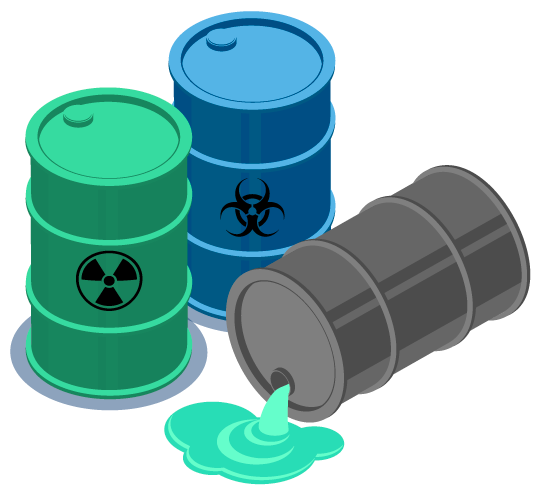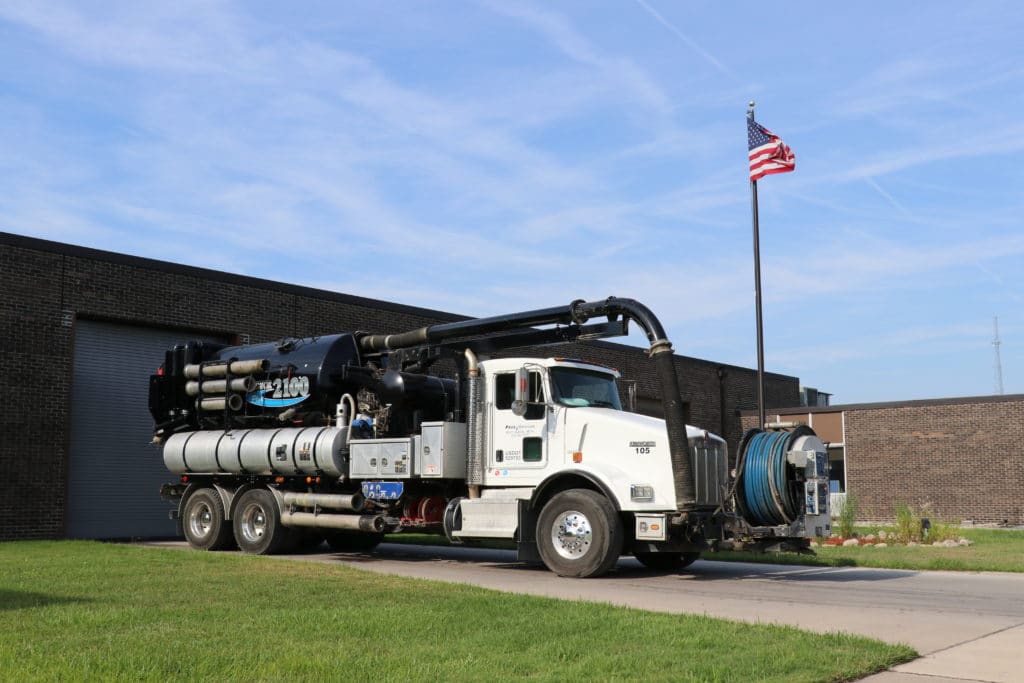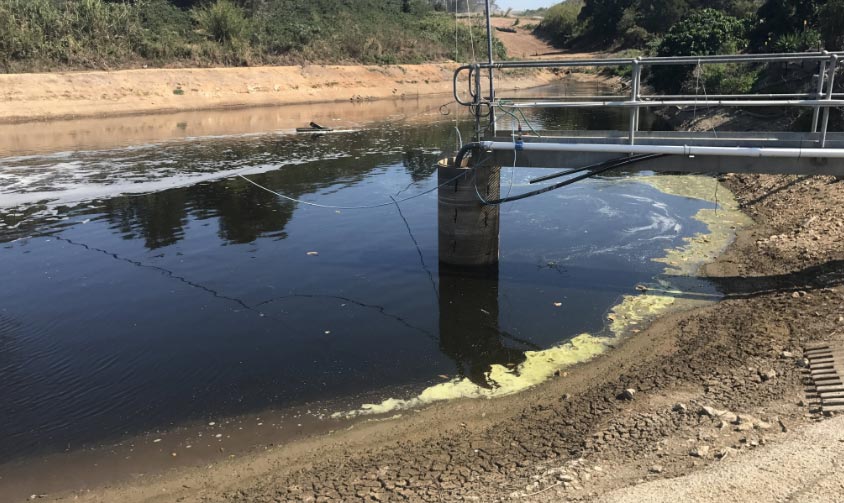Expert Liquid Waste Removal Melbourne: Maintaining Your Atmosphere Tidy
Expert Liquid Waste Removal Melbourne: Maintaining Your Atmosphere Tidy
Blog Article
Just How Liquid Waste Disposal Functions: An In-depth Summary of Strategies and Technologies Used

Introduction of Fluid Waste Kind
The complexity of fluid waste types demands a complete understanding of their characteristics and implications for disposal. Liquid waste can broadly be categorized into several kinds, consisting of commercial, local, agricultural, and contaminated materials. Each classification exhibits unique properties, requiring certain monitoring techniques to minimize ecological and health threats.
Industrial fluid waste originates from making procedures and frequently consists of a series of pollutants, such as heavy steels, solvents, and organic substances. Municipal liquid waste, mostly making up wastewater from households and commercial facilities, contains organic issue, nutrients, and pathogens (industrial wastewater treatment). Agricultural fluid waste, including drainage from farms, may include plant foods, chemicals, and pet waste, presenting threats to water quality and ecosystems
Unsafe liquid waste is identified by its poisoning, reactivity, or prospective to cause injury. This classification includes compounds like acids, bases, and specific chemicals that demand strict handling and disposal procedures. Comprehending these varied liquid waste kinds is critical for creating reliable disposal techniques and ensuring compliance with ecological laws. Proper classification and characterization are crucial for implementing appropriate treatment strategies and reducing the unfavorable effects on public health and the setting.
Physical Treatment Approaches

Testing is the preliminary step, where bigger particles and debris are gotten rid of from the fluid waste utilizing displays or grates. In sedimentation containers, much heavier bits settle at the base, developing a sludge layer, while the clarified fluid can be additional treated.
Filtration is another necessary technique that includes passing the liquid with permeable materials, such as sand or membranes, to record smaller fragments. This action enhances the top quality of the liquid, making it suitable for succeeding treatment processes.

Chemical Therapy Strategies
Chemical treatment techniques are necessary for properly managing liquid waste, especially in resolving liquified and colloidal impurities that physical methods may not sufficiently get rid of. These strategies make use of different chemical representatives to counteract, speed up, or change unsafe materials right into much less unsafe kinds.
One usual approach is coagulation and flocculation, where chemicals such as alum or ferric chloride are contributed to advertise the aggregation of suspended particles. This process enhances sedimentation, permitting for easier elimination of the resulting sludge. In addition, oxidation procedures, utilizing agents like chlorine or ozone, are employed to damage down complicated organic compounds and virus, providing the waste much safer for discharge or additional treatment.
Neutralization is an additional essential strategy, which changes the pH of acidic or alkaline waste streams to neutral levels, preventing possible damage to downstream systems and the environment. read more In addition, progressed oxidation processes (AOPs) make use of mixes of oxidants and ultraviolet light to deteriorate persistent toxins, accomplishing a greater degree of therapy efficiency.
Organic Therapy Processes
Organic therapy processes play a vital function in the monitoring of liquid waste by making use of microbes to disintegrate organic issue and decrease impurity levels. These procedures can be broadly classified into cardiovascular and anaerobic treatments, helpful site each using certain microbial areas to accomplish reliable waste degradation.
Cardio treatment includes the usage of oxygen to help with the failure of organic products by microorganisms. This process is frequently implemented in triggered sludge systems, where oygenation tanks offer a helpful environment for microbial growth, causing the oxidation of natural pollutants. The resultant biomass can be separated from dealt with effluent via sedimentation.
In contrast, anaerobic treatment happens in the lack of oxygen, relying upon various bacteria to break down raw material. This technique is specifically helpful for high-strength waste, as it creates biogas, a renewable energy source, while decreasing sludge production. Technologies such as anaerobic digesters are often used in metropolitan and commercial applications.
Both aerobic and anaerobic biological treatments not just minimize the environmental impact of liquid waste but also facilitate resource recuperation, making them important elements of sustainable waste management strategies. Their effectiveness, efficiency, and adaptability sustain their extensive application across numerous markets.
Emerging Technologies in Disposal
Innovative strategies to fluid waste disposal are rapidly advancing, driven by improvements in modern technology and an enhancing emphasis on sustainability. Amongst these emerging modern technologies, membrane bioreactors (MBRs) have gotten traction for their capacity to combine organic treatment with membrane layer filtering, causing top notch effluent that can be reused in numerous applications. MBRs enable smaller sized footprints and a lot more efficient procedures compared to standard systems.
Another appealing growth is making use of anaerobic food digestion combined with nutrient healing technologies, which not only deals with fluid waste however additionally generates biogas and recuperates beneficial nutrients like nitrogen and phosphorus. This dual advantage boosts resource effectiveness and lowers environmental effect.
In addition, progressed oxidation processes (AOPs) are being embraced for the destruction of complex organic contaminants. These approaches utilize powerful oxidants and drivers to damage down impurities at the molecular level, providing a highly efficient remedy for difficult waste streams.
In addition, the integration of synthetic knowledge and maker understanding in waste management try these out systems is optimizing operational efficiency and predictive maintenance, resulting in decreased expenses and enhanced environmental compliance. These innovations reflect a considerable shift towards more lasting and reliable fluid garbage disposal methods.
Final Thought
In verdict, efficient fluid waste disposal requires a comprehensive understanding of numerous techniques and modern technologies. By continuously progressing these approaches, it comes to be possible to resolve the growing obstacles connected with fluid waste, ultimately adding to ecological protection and source recovery.
Liquid waste disposal is a critical aspect of environmental monitoring, requiring a thorough understanding of various methods and modern technologies tailored to different waste kinds. Fluid waste can broadly be categorized right into numerous types, including industrial, metropolitan, farming, and dangerous waste. Agricultural liquid waste, consisting of drainage from ranches, may include plant foods, chemicals, and pet waste, posing risks to water high quality and ecological communities.
Various physical treatment techniques play an important duty in taking care of liquid waste effectively - industrial wastewater treatment.In final thought, efficient liquid waste disposal requires a detailed understanding of numerous strategies and modern technologies
Report this page